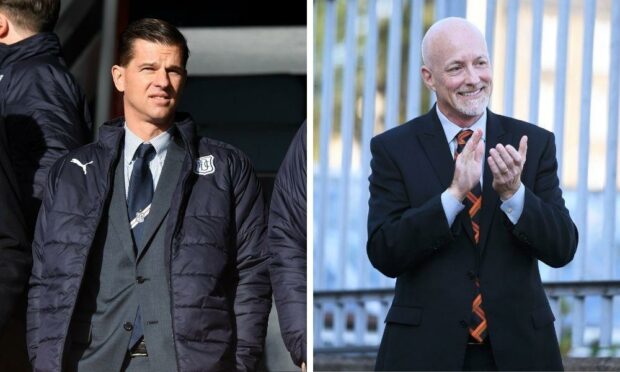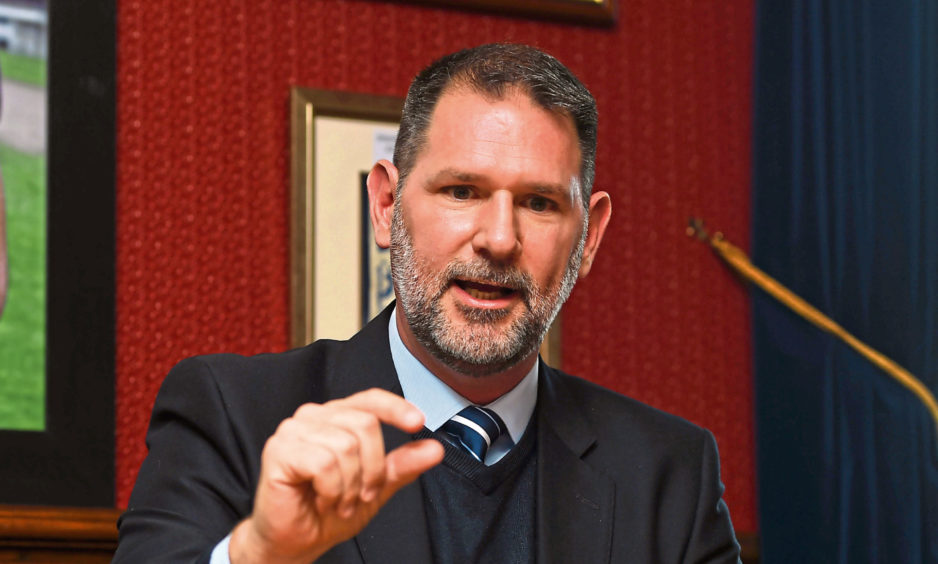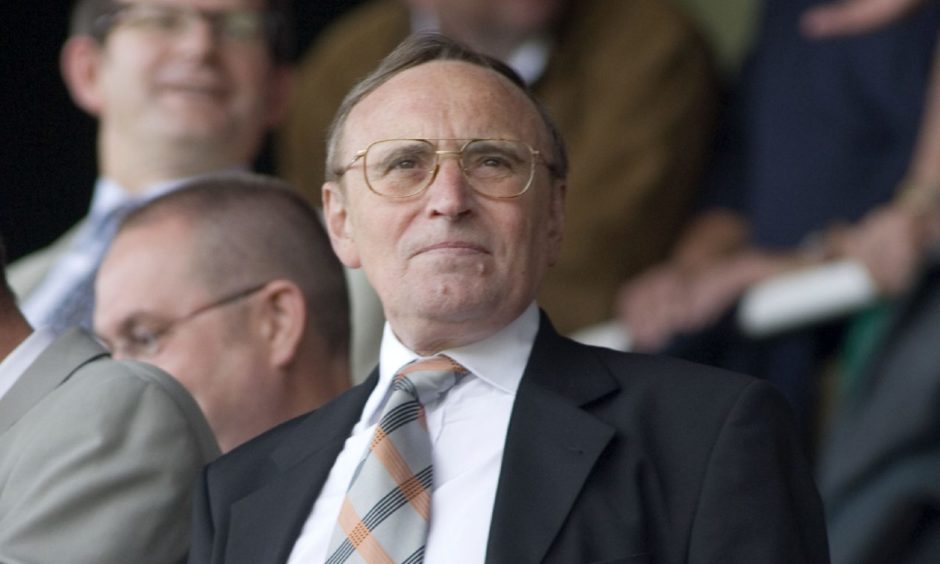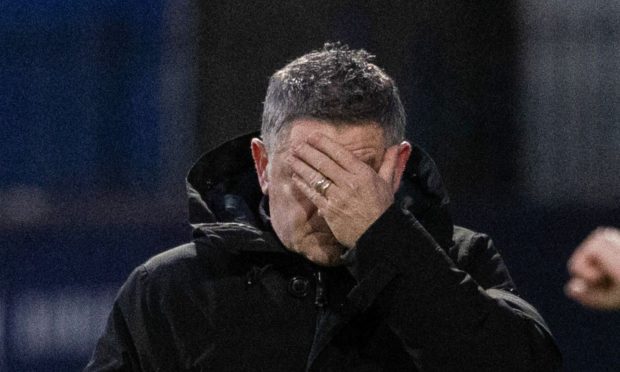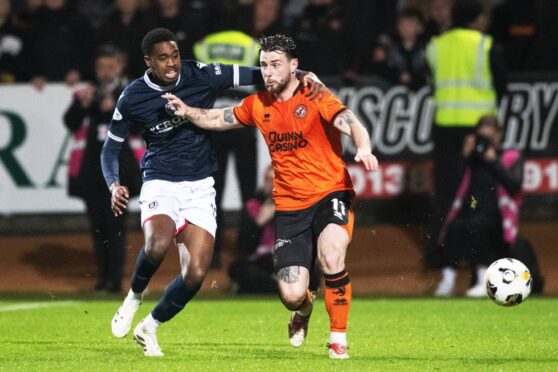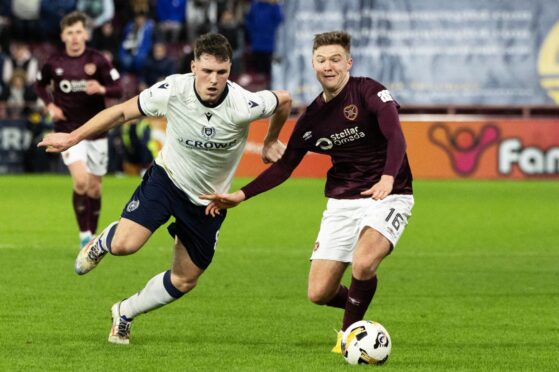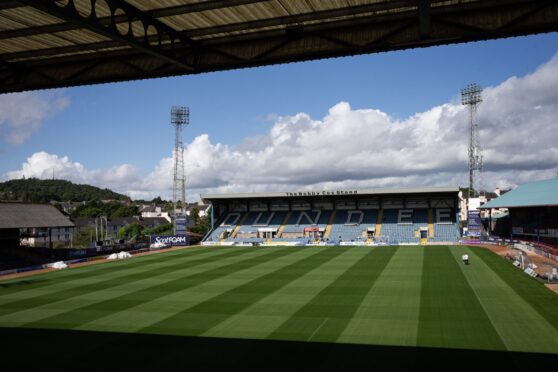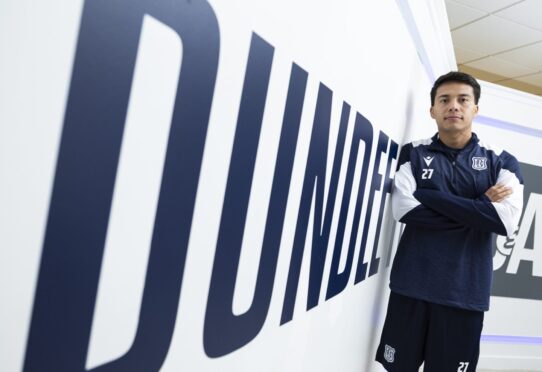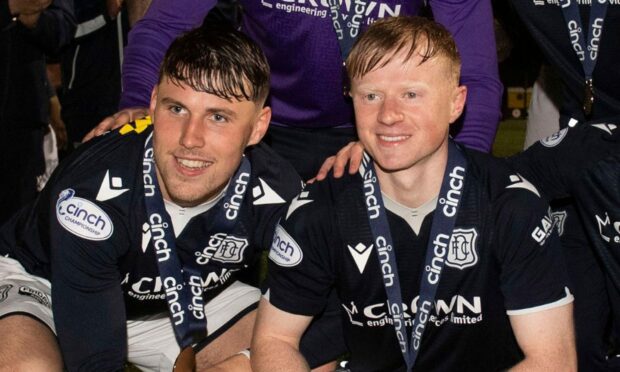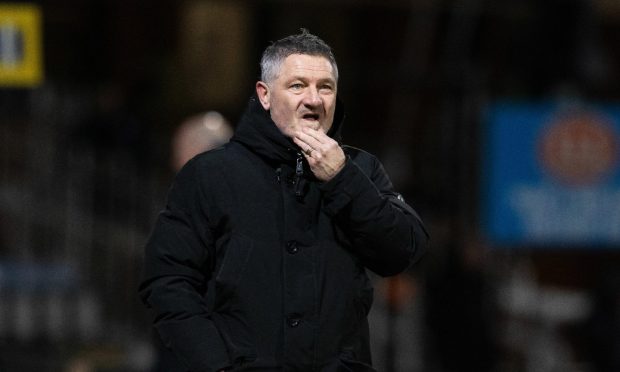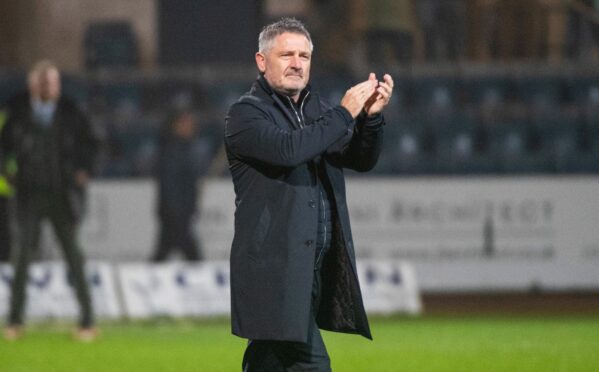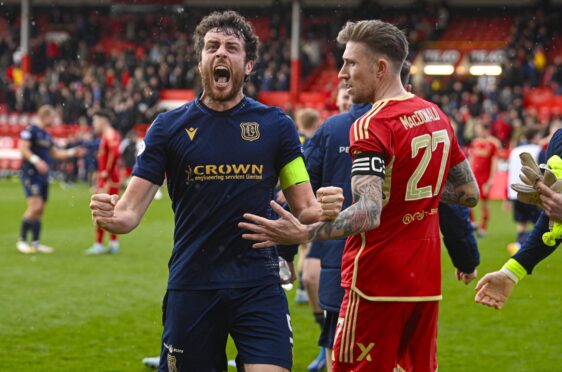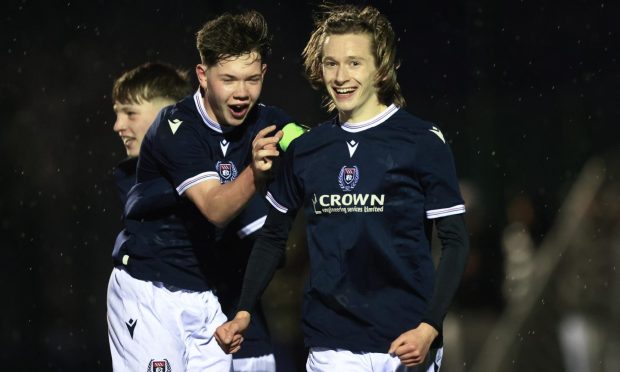Call me a cynic but within a few days of a high profile group of Dundee fans writing to Tim Keyes and John Nelms outlining three ways to improve the disconnect between club and fans, a video of the long-mooted new stadium at Camperdown appears.
Unfortunately, it appears to tell disgruntled Dees little, if anything, that they didn’t already know.
In which case, they’re entitled to ask what has been going on since the new stadium plans were first announced almost five years ago?
“Not a lot” would appear to be the answer, given that the club are talking about running the latest proposals past Dundee City Council.
We are excited to issue a club update and reveal new animations that show the stadium development at Camperdown #thedee
➡️ https://t.co/TKqsQN6MgW pic.twitter.com/GvHaB43zAv
— Dundee Football Club (@DundeeFC) March 24, 2022
The whole thing has the feel of a panic exercise by the owners as Dundee fans, concerned for the very future of the club, grow restless.
I’ve said before I’m in favour of a new modern stadium, albeit I don’t think the Camperdown location is ideal.
Too many questions remain unanswered regarding ownership, rental fees, timescale and any possible future sharing agreement with neighbours Dundee United just some of them.
It’s just too coincidental that, as dark blue supporters start to ask searching questions about how the club is being run, a shiny new video is laid out as an appetiser.
It looks to me like a last ditch attempt by those running the club to hold on to the last remnants of trust with the fans.
I think it may take a lot more than a cobbled together video to do that at this stage.
At Tannadice meantime, Dundee United fans are to lose their independent representation on the board.
The late Eddie Thompson instigated the move to supporter involvement in 2004 when he gave the ArabTRUST an associate directorship.
Now the second largest shareholders in the club find themselves out in the cold, with American owner Mark Ogren deciding there are better ways to link with fans.
United will still have fan representation but it will be via the supporter liaison group system designed by the club.
Many football fans like to make the claim that theirs is more than just a club.
Celtic fans’ narrative is that they’re exactly that – and they invoke the memory of Brother Walfrid and his mission to provide food for the tables of the poor and hungry of the East End of Glasgow.
Other clubs have also latched onto the community ethos and many of them, including United and Dundee, do good work in helping the disadvantaged.
Ultimately though, the main role of any football club is to play football.
I think most owners see supporter involvement as a necessary evil to be tholed, but only as long as the punters don’t get too uppity and start demanding too big a say.
The blunt truth is that those who’ve made a lot of money in business are not in the habit of letting those who only put their season book money into the club actually run the show.
The fans may think it’s their club; the title deeds tell another story.
